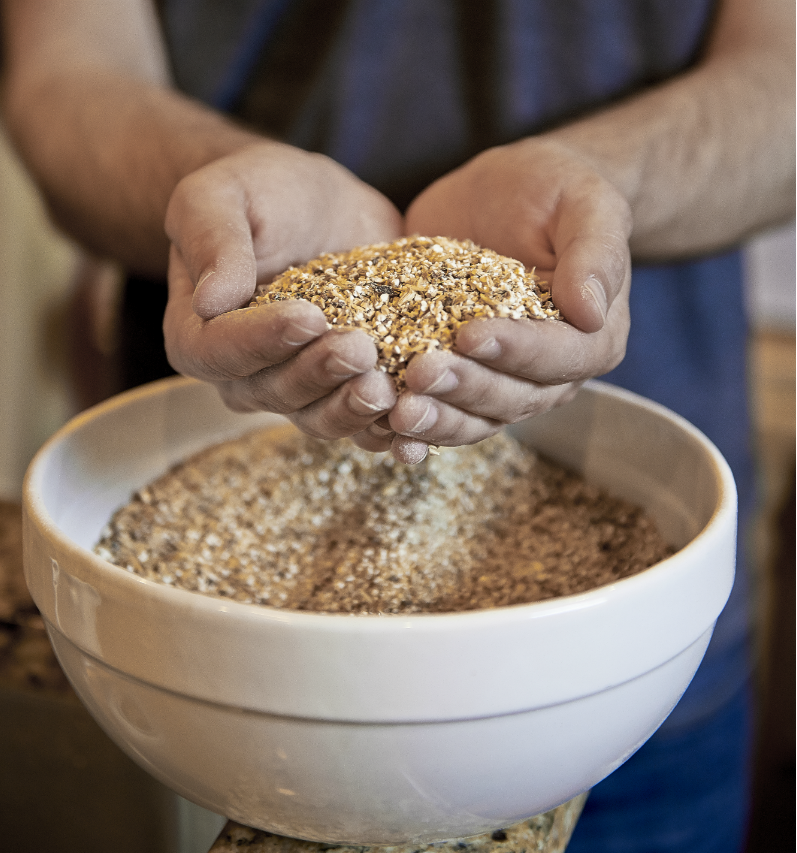Hello fellow beer lovers-
Welcome to the first part of a new educational fun series of posts that will dive into the nitty gritty of what goes into your beer. We think beer is meant to be enjoyed without a care in the world, but for those interested, we wanted to share what goes on behind-the-scenes by walking you through the ingredients and processes that go into your favorite libation.
It’ll be an on-going series with no real end in sight, covering everything from the ingredients that go into beer to why you’re drinking your beer out of the wrong glass. This is the science class you wish you had in school (though I suppose drinking beer back then would’ve been problematic). Let’s get started.
Today: Malts
Malts are the grains that make up the basis for all beer. Beer recipes use a variety of different grains, but barley is by far the most prevalent. Here’s how we go from one grain to the wide variety and color of beers you find at your watering hole.
Barley starts it’s life just like any other grain: in fields of gold.
Sorry, wrong pic. Good luck getting that song out of your head. Here we go:
Barley in it’s natural form contains a boat-load (really a ‘seed-load’, I suppose) of starches that are pretty inaccessible straight from the field. The malting process solves this by basically tricking the seed into thinking it’s making a new plant.
To start, the grain is steeped in water over the course of a couple days to increase moisture content. The seeds begin to germinate, and enzymes are activated and released which start breaking down complex starches into simpler carbohydrates. It’s a lot like unpacking a suitcase (the suitcase here being the seed). The suitcase by itself is pretty useless. If you’re ever going to wear clean clothes or brush your teeth, you need to get at the things you’ve stuffed inside the suitcase. Enzymes in the grain seeds are the great unpackers, and getting a seed to germinate puts those enzymes to work.
But at a certain point, the newly developing plant starts to eat all those sugars we’ve worked so hard for, which is a certain miracle of nature we don’t actually want. We need those sugars for beer. No sugar, no beer. Not ideal.
To stop the germination, the grain is kilned to dry it out, which stops any further chemical reactions and preserves the sugars as they are until they’re ready for the next step of the process. Here’s what malting looks like on a massive scale*:
Briess, a well-known maltster, also has some nice pictures of the process on their site.
And this is all before the malt even arrives at the brewery. In the next post in this series, we’ll look at how differences in the kilning process make every beer you’ve ever had possible.
Cheers!







